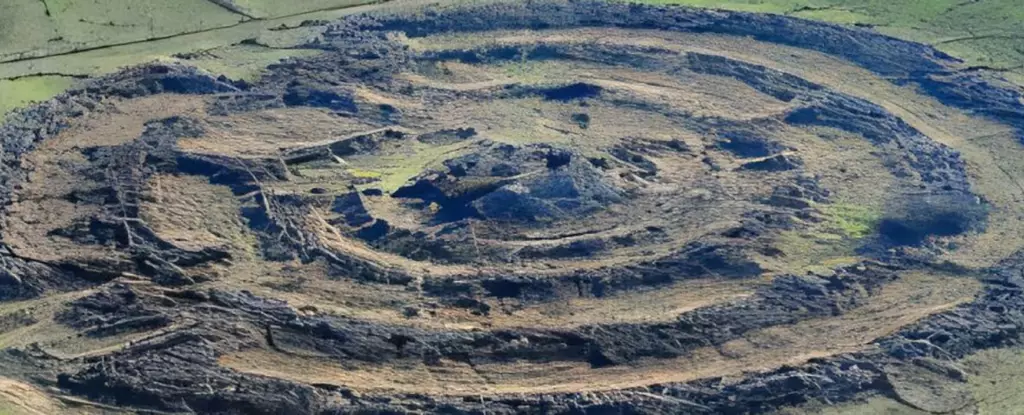Nestled in the picturesque Golan Heights of southwest Syria, the ancient monument known as Rujm el-Hiri, or the ‘Wheel of Ghosts,’ has intrigued historians and archaeologists for generations. Traditionally believed to have been constructed as an astronomical observatory, the site boasts remarkable alignments with celestial bodies. However, recent research has sparked a paradigm shift in our understanding of this enigmatic structure, suggesting that its intended purpose may be vastly different from previous assumptions. This revelation not only uncovers new insights into Rujm el-Hiri but also opens avenues for further exploration of ancient monuments across the globe.
The pivotal study conducted by researchers from Tel Aviv University and Ben-Gurion University of the Negev employs a multidisciplinary approach to unravel the historical significance of Rujm el-Hiri. Through diverse techniques, including geomagnetic analysis, tectonic reconstruction, and remote sensing, the research team has amassed evidence indicating that the site has undergone substantial shifts in location and orientation over the past few millennia. As they note in their findings, “the geological structure of the Rujm el-Hiri’s area has been shaped by the tectonic evolution of the region.”
This critical examination calls into question the long-held belief that Rujm el-Hiri functioned primarily as an observatory aligned with the stars. The researchers’ insights suggest that rather than serving an astronomical purpose, the monument’s function may have been more complex, possibly encompassing ritualistic or communal practices. The evidence of significant relocation over thousands of years implies that the initial construction—which may date back as early as 4500 BCE—was merely one chapter in a long history of continual adaptation and re-contextualization.
Rujm el-Hiri’s structure, consisting of a central cairn encircled by concentric circles of basalt stone, stretches approximately 150 meters in diameter. This architectural marvel not only showcases the ingenuity of its builders but also exemplifies the dynamic nature of human habitation in ancient times. The research indicates that various components of the monument might have been reconstructed or added upon right up until the Bronze Age, thereby creating a layered narrative of human activity.
Moreover, the study suggests that many archaeological sites in the region, including Rujm el-Hiri, have been repurposed over centuries. This means that the monument could have served multiple functions, seamlessly accommodating the needs and beliefs of successive cultures. The researchers emphasize this point, stating, “Most archaeological structures in the region were reused long after their original construction.” The continuous reshaping and adaptation of these sites reflect not only the fluidity of cultural traditions but also the evolving relationship between humans and their environment.
The Impact of Advanced Techniques in Archaeology
This research marks a significant advancement in archaeological methodology, as it is the first instance of combining such diverse scientific techniques to study ancient sites in the Southern Levant. The implications of this study are profound, demonstrating how advanced technologies—like GPS and paleomagnetic reconstructions—can offer unprecedented insights into ancient civilizations. Furthermore, these findings position Rujm el-Hiri as a focal point for comparative analysis with other megalithic structures worldwide.
The potential for innovative applications of this knowledge is vast. As the researchers note, the interplay of ancient megaliths and tectonic activity could inform the training of AI models capable of identifying other undiscovered human-made structures in satellite imagery. Such technological advancements could revolutionize the way we explore and understand our rich historical heritage.
Concluding Thoughts: Rujm el-Hiri and Beyond
The revelations surrounding Rujm el-Hiri challenge long-standing perceptions of this ancient site, propelling us into a new era of archaeological understanding. As we peel back the layers of history, it is clear that Rujm el-Hiri stands not just as a monument to human ingenuity but as a testament to the dynamic and evolving relationship between people, culture, and the environment throughout the ages. This study not only enriches our comprehension of Rujm el-Hiri but also invites broader explorations of similar structures, urging us to consider how ancient civilizations navigated their worlds and left indelible marks on our shared history.

Leave a Reply